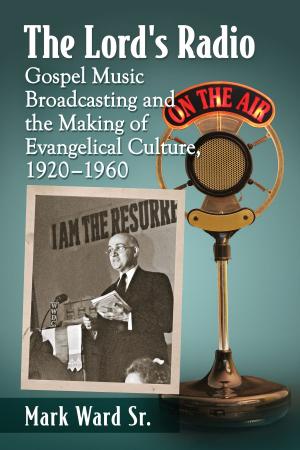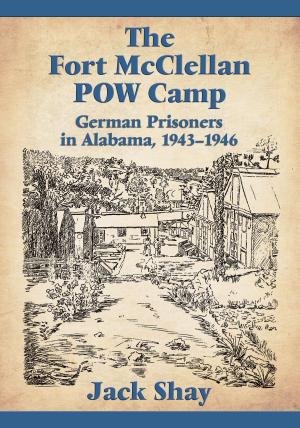Deconstructing Organized Crime
An Historical and Theoretical Study
Nonfiction, Social & Cultural Studies, Social Science, Crimes & Criminals, Criminology, History| Author: | Joseph L. Albini, Jeffrey Scott McIllwain | ISBN: | 9780786492992 |
| Publisher: | McFarland & Company, Inc., Publishers | Publication: | September 26, 2012 |
| Imprint: | Language: | English |
| Author: | Joseph L. Albini, Jeffrey Scott McIllwain |
| ISBN: | 9780786492992 |
| Publisher: | McFarland & Company, Inc., Publishers |
| Publication: | September 26, 2012 |
| Imprint: | |
| Language: | English |
What is organized crime? There have been many answers over the decades from scholars, governments, the media, pop culture and criminals themselves. These answers cumulatively created a “Mafia Mystique” that dominated discourse until after the Cold War, when transnational organized crime emerged as a pronounced, if nebulous, threat to global security and stability. The authors focus both on the American experience that dominated organized crime scholarship in the second half of the 20th century and on the more recent global scene. Case studies show that organized crime is best understood not as a series of famous gangsters and events but as a structure of everyday life formed by numerous political, social, economic and anthropological variables. Instructors considering this book for use in a course may request an examination copy here.
What is organized crime? There have been many answers over the decades from scholars, governments, the media, pop culture and criminals themselves. These answers cumulatively created a “Mafia Mystique” that dominated discourse until after the Cold War, when transnational organized crime emerged as a pronounced, if nebulous, threat to global security and stability. The authors focus both on the American experience that dominated organized crime scholarship in the second half of the 20th century and on the more recent global scene. Case studies show that organized crime is best understood not as a series of famous gangsters and events but as a structure of everyday life formed by numerous political, social, economic and anthropological variables. Instructors considering this book for use in a course may request an examination copy here.















